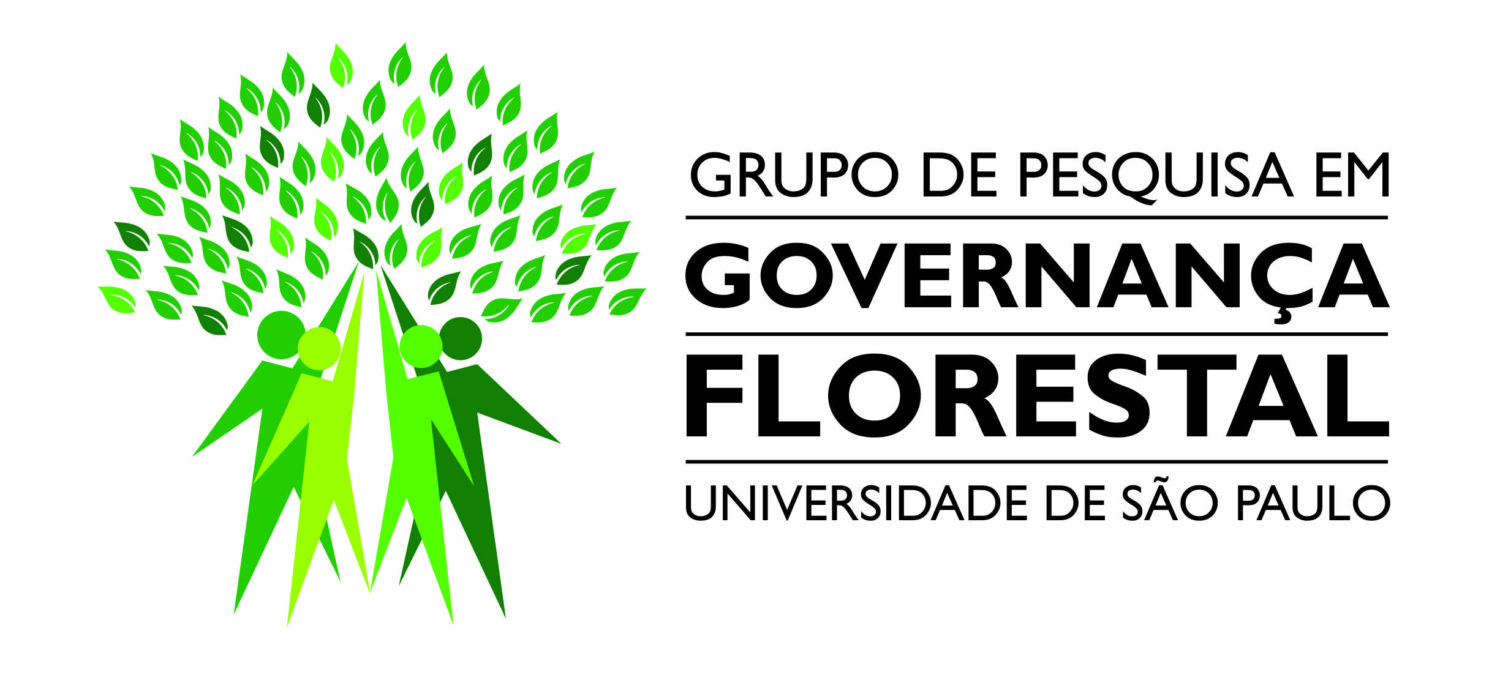Publicado Relatório FAO – Forest governance by indigenous and tribal peoples. An opportunity for climate action in Latin America and the Caribbean
Indigenous peoples physically occupy 404 million hectares in Latin America
- That is about one fifth of the total area of the region
- Of the 404 million hectares, 237 million (almost 60%) are in the Amazon Basin. That is an area larger than France, Great Britain, Germany, Italy, Norway, and Spain combined
Indigenous and tribal peoples are involved in the communal governance of between 320 and 380 million hectares of forests
- About 35% of Latin America’s forests are in areas occupied by indigenous groups.
- More than 80% of the area occupied by indigenous peoples is covered with forests.
- Almost half (45%) of the remaining intact forests (large undegraded forest areas) in the Amazon Basin are in indigenous territories.
Between 2006 and 2011, the indigenous territories in the Peruvian Amazon reduced deforestation twice as much as protected areas with similar ecological conditions and accessibility
- Indigenous and tribal territories have lower average deforestation rates that other forests in practically every Latin American country.
- Many indigenous territories prevent deforestation as well or better than other protected areas.
The forests of the indigenous and tribal peoples’ territories store about 34,000 million metric tons of carbon
- The forests in indigenous and tribal territories contain almost 30% of the carbon stored in Latin America’s forests and 14% of the carbon in the tropical forests worldwide
- They store more carbon than all the forests in Indonesia or the Democratic Republic of Congo, the two countries with the most tropical forest after Brazil.
- While Amazon Basin indigenous territories lost less than 0.3% of the carbon in their forests between 2003 and 2016, non-indigenous protected areas lost 0.6%, and other areas that were neither indigenous territories nor protected areas lost 3.6%. As a result, even though indigenous territories cover 28% of the Amazon Basin, they only generated 2.6% of the region’s (gross) carbon emissions
- Between 2003 and 2016 the vegetation in indigenous territories in the Amazon Basin captured almost as much carbon (90%) as emitted from these territories due to deforestation or forest degradation. In other words, these territories produced almost no net carbon emissions.
Indigenous territories are key to the protection of biodiversity
- Brazil’s indigenous territories have more species of mammals, birds, reptiles, and amphibians than in all the country’s protected areas outside these territories
- Two-thirds of Bolivia’s vertebrate species and 60% of its plant species can be found in the Tacana and Leco de Apolo indigenous territories. Government recognition of land and forest rights
Governments have formally recognized indigenous and tribal peoples’ collective property over about 277 million hectares
- Of that more than 200 million hectares have forest.
- Approximately 11.5 million hectares of land have been recognized as reserves for indigenous peoples in voluntary isolation and in initial contact.
- Deforestation rates are lower in indigenous and tribal territories where governments have formally recognized collective land rights.
- Indigenous territories that received full collective property rights between 1982 and 2016 in Brazil had 66% lower deforestation rates.
- Between 2000 and 2012 deforestation rates in titled indigenous territories in the Bolivian, Brazilian, and Colombian Amazon were only between one third and one half of those in other forests that had similar ecological characteristics and accessibility to markets.
- As a result, the titled indigenous territories in the Bolivian, Brazilian, and Colombian Amazon avoided between 42.8 and 59.7 million metric tons (MtC) of CO2 emissions each year during that period; the equivalent of taking between 9 and 12.6 million vehicles out of circulation for one year.
Between 2016 and 2018, deforestation rose 150% in the indigenous territories in Brazil
- As a result of deforestation and forest fragmentation the area of large undisturbed forest in indigenous territories fell by 20% in Bolivia, 30% in Honduras, 42% in Nicaragua, and 59% in Paraguay between 2000 and 2016
Fonte: http://www.fao.org/americas/publicaciones-audio-video/forest-gov-by-indigenous/en/
Baixe o relatório em: http://www.fao.org/3/cb2953en/cb2953en.pdf
